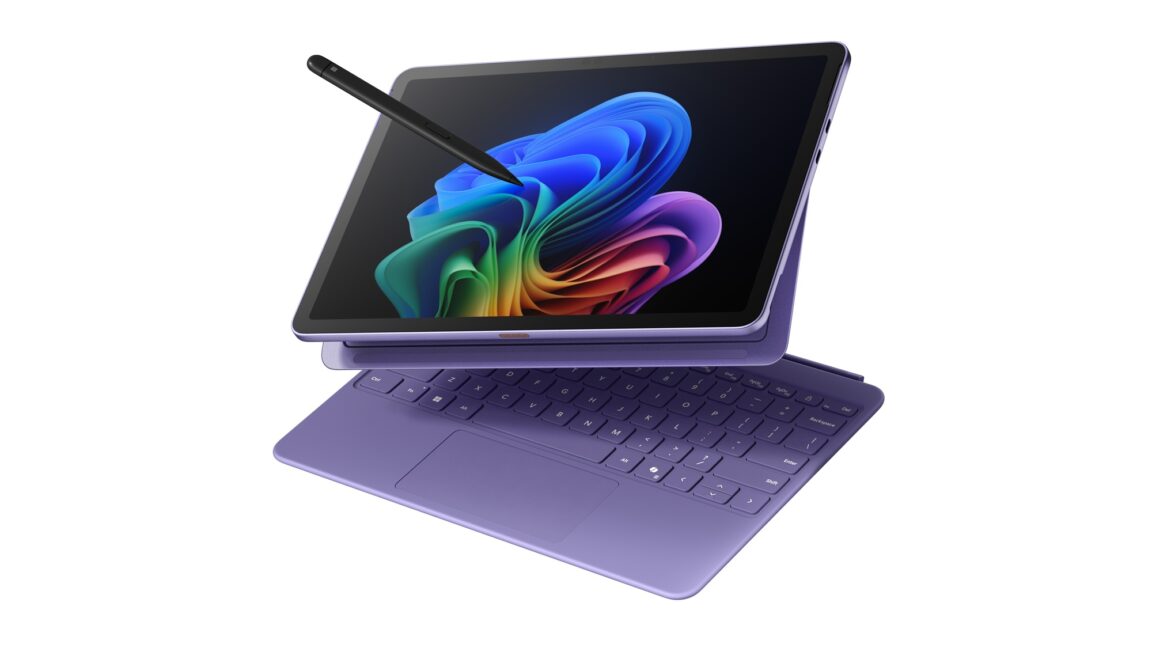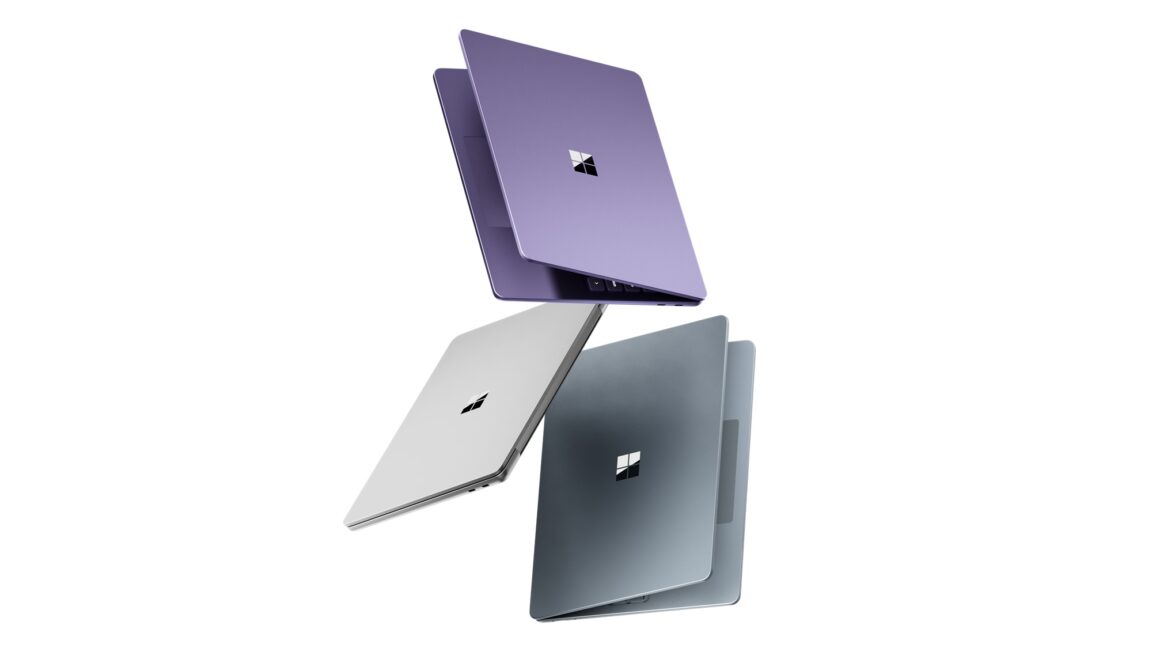progression through regression
Microsoft’s 12-inch Surface Pro is cheaper but unfixes a decade-old design problem
New Surface Pro undoes a key improvement first used in 2014's Surface Pro 3.
Andrew Cunningham
–
May 6, 2025 9:00 am
|
11
Microsoft's new 12-inch Surface Pro tablet.
Credit:
Microsoft
Microsoft's new 12-inch Surface Pro tablet.
Credit:
Microsoft
Text
settings
Story text
Size
Small
Standard
Large
Width
*
Standard
Wide
Links
Standard
Orange
* Subscribers only
Learn more
Minimize to nav
Microsoft is introducing a pair of new Surface devices today, both aimed slightly down-market from the 11th-generation Surface Pro tablet and 7th-generation Surface Laptop that the company released last spring. One is a 13-inch Surface Laptop, which we've covered in more detail here. The second (and more notably changed) device is a new 12-inch Surface Pro tablet, which is the first significant design change we've seen in the Surface Pro lineup since the first ARM-based Surface Pro X was released in 2019.
Preorders for both new Surface devices begin today, and they begin shipping on May 20. The 12-inch Surface Pro starts at $799, and the keyboard cover remains a separate purchase, available for $149.
The 12-inch Surface Pro is a cheaper alternative to the $939-and-up 13-inch Surface Pro (which Microsoft is continuing to sell), and the smallest Surface Microsoft has tried since the 10.5-inch underspecced Surface Go series. In addition to the smaller screen, the base model includes a bunch of other minor downgrades from the flagship 13-inch tablet, as outlined in the table below. But it's also nearly half a pound lighter, and its 8-core Qualcomm Snapdragon X Plus processor should still deliver solid performance and compatibility with the extra Windows 11 features available on Copilot+ PCs.
12-inch Surface Pro
Surface Pro 11
Processor
8-core Snapdragon X Plus
10-core Snapdragon X Plus or 12-core Snapdragon X Elite
RAM
16GB LPDDR5x
16, 32, or 64GB LPDDR5x
Storage
256 or 512GB UFS
256GB, 512GB, or 1TB NVMe
Screen
12-inch, 2196×1464, 90 Hz IPS
13-inch, 2880×1920, 120 Hz IPS or OLED
Size and weight
10.8 x 7.47 x 0.30 inches, 1.5 lbs
11.3 x 8.2 x 0.37 inches, 1.97 lbs
Current starting price
$799
$939
That Microsoft intends this partly as a midrange budget model is clear both from the basic specs and from the limits on how much this tablet can be upgraded. It starts with 16GB of RAM, which is generous enough for most people, but high-end users can't get more than that. The 10- and 12-core Snapdragon X Plus and Elite chips aren't available. And storage is limited to either 256GB or 512GB based on the UFS standard rather than the removable NVMe SSDs that the larger Surface tablet uses.
Several downgrades, and one that’s hard to ignore
The 12-inch Surface Pro.
Credit:
Microsoft
The design looks pretty similar to the existing 13-inch Surface Pro overall but with some significant tweaks. The 12-inch Surface still supports the Slim Pen and other Surface styluses, but there's now a magnet on the back of the tablet that the pen can be stuck to for storage, rather than a divot on the keyboard. The tablet still has a pair of USB-C ports, each of which supports 10 Gbps USB 3.2 speeds rather than full USB 4. But the Surface Connect port is gone, and because it's physically smaller, the new Surface Pro isn't compatible with any of the keyboard accessories made for past Surface Pro or Surface Go tablets.
But the biggest downgrade is a fundamental change to the tablet's design. The 12-inch Surface Pro's keyboard case (still a separate purchase, frustratingly) lies flat against whatever you have the tablet sitting on, whether that's a desk, a table, or your lap. If the surface your Surface is resting on is level and stable, that's mostly fine. If the surface is soft or uneven, like a lap or a couch, this introduces extra instability and floppiness, and your keyboard will wobble around more as you type on it.
Both of the new Surface devices being announced today. Note that the Surface Pro's keyboard sits flat against the table, rather than folding up against the bottom of the screen.
Credit:
Microsoft
This is the same approach used as the first two generations of Surface Pro (and the ill-starred Surface RT), and it was also a perennial complaint about those designs from reviewers and users. In 2014, the Surface Pro 3 tweaked the keyboard design so that the top of it would fold flat against the bottom of the device's screen, giving the keyboard some rigidity and stability that persisted no matter what it was resting on. All subsequent Surface keyboards, including those for the tiny 10.5-inch Surface Go, used the same design, until this one.
The iPad keyboard case I use—a Logitech Combo Touch Keyboard Folio with a built-in trackpad and kickstand—also uses the flop-against-the-table design, which hasn't been the end of the world. But solving this problem was a major turning point in the evolution of the Surface Pro, and it's frustrating to see that signature improvement undone here.
Andrew Cunningham
Senior Technology Reporter
Andrew Cunningham
Senior Technology Reporter
Andrew is a Senior Technology Reporter at Ars Technica, with a focus on consumer tech including computer hardware and in-depth reviews of operating systems like Windows and macOS. Andrew lives in Philadelphia and co-hosts a weekly book podcast called Overdue.
11 Comments










